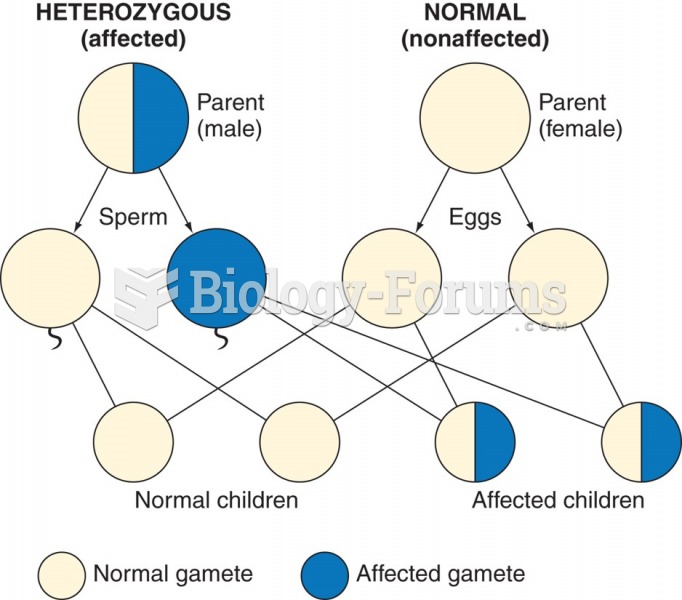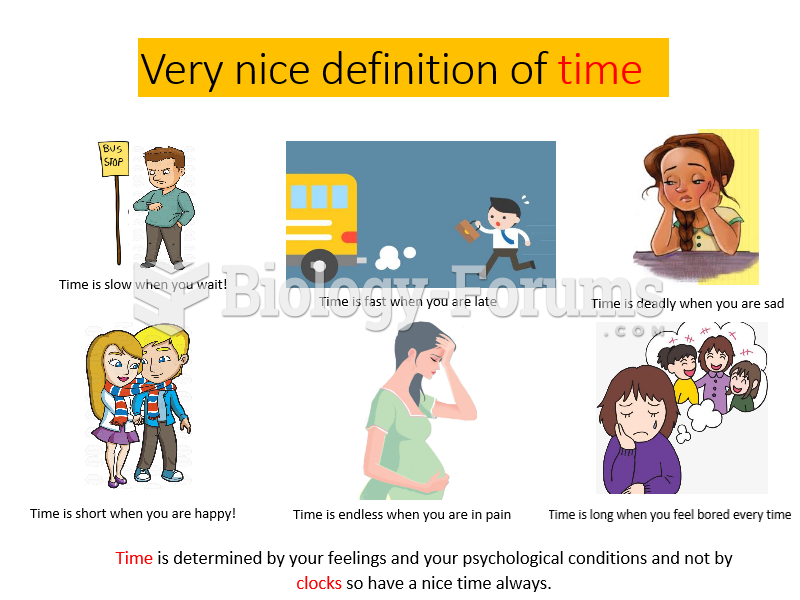Answer to Question 1
ANS: C
Preparing a family for home-based care, or other community-based care, involves ensuring that the family is able to provide the care needed by the child at home or in another setting. This can include discussing specialized equipment in the home, health insurance coverage, transportation, and/or returning to school. If the family needs or desires visiting nurses, the nursing staff or social worker at the hospital should arrange this for the family. Calling the school to get information about the child's return to school yields helpful information, but may not be needed yet, and is too limited in scope to be the best answer. Simply giving parents brochures for support groups may or may not be helpful; the parents may not be literate or may not understand the benefit without discussion.
Answer to Question 2
ANS: A
A community health map is an assessment tool for family structure, function, and support networks. It displays significant related data and helps the nurse focus on the family as it interacts with the social systems within and around the family. Its purpose is not to locate local health-care settings. The focus is on family health and past successes and current strengths, not on family problems. Correlations can be made between the health of the community and the health of those living in that community, but this is not the purpose of the community health map.







